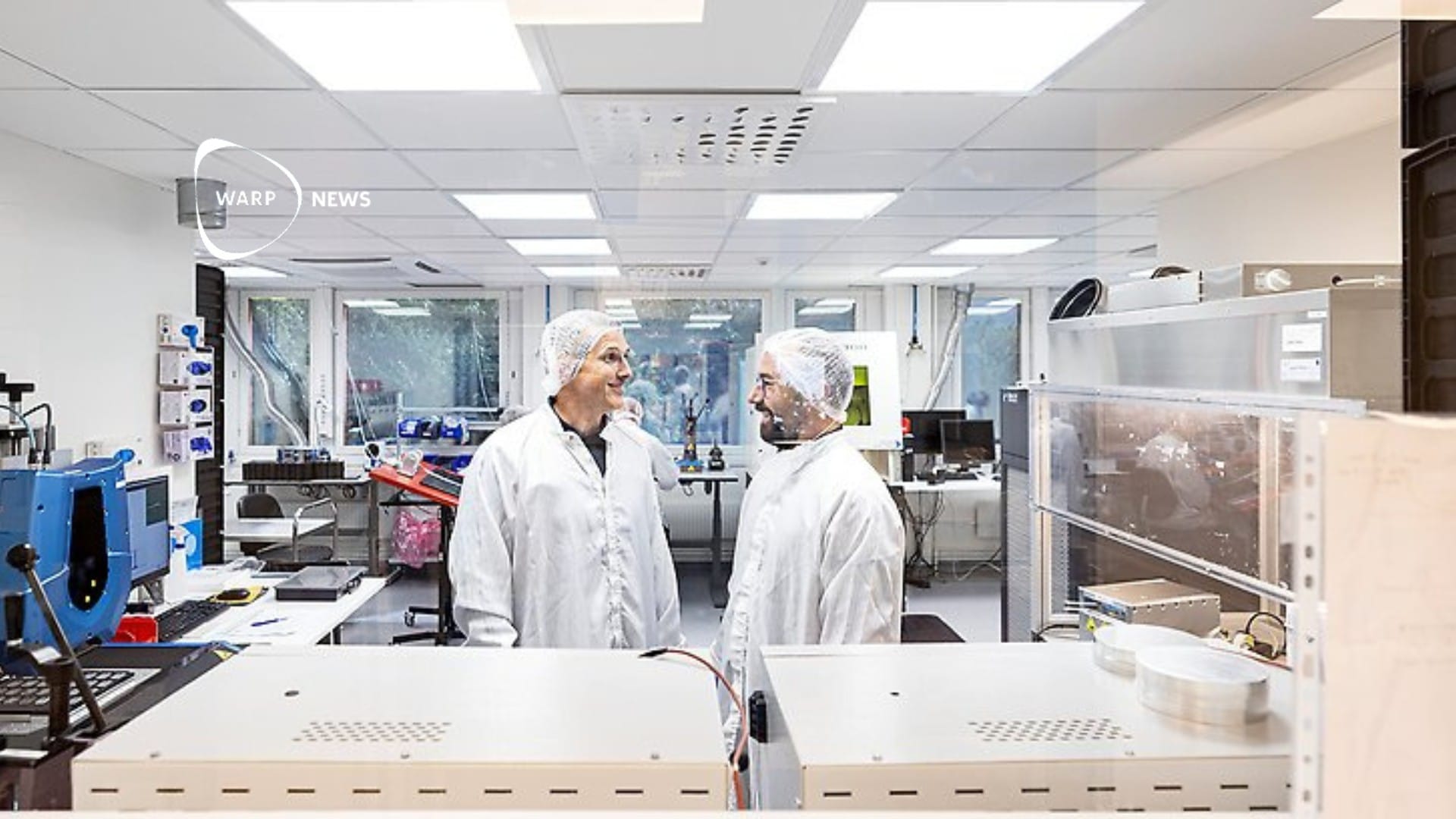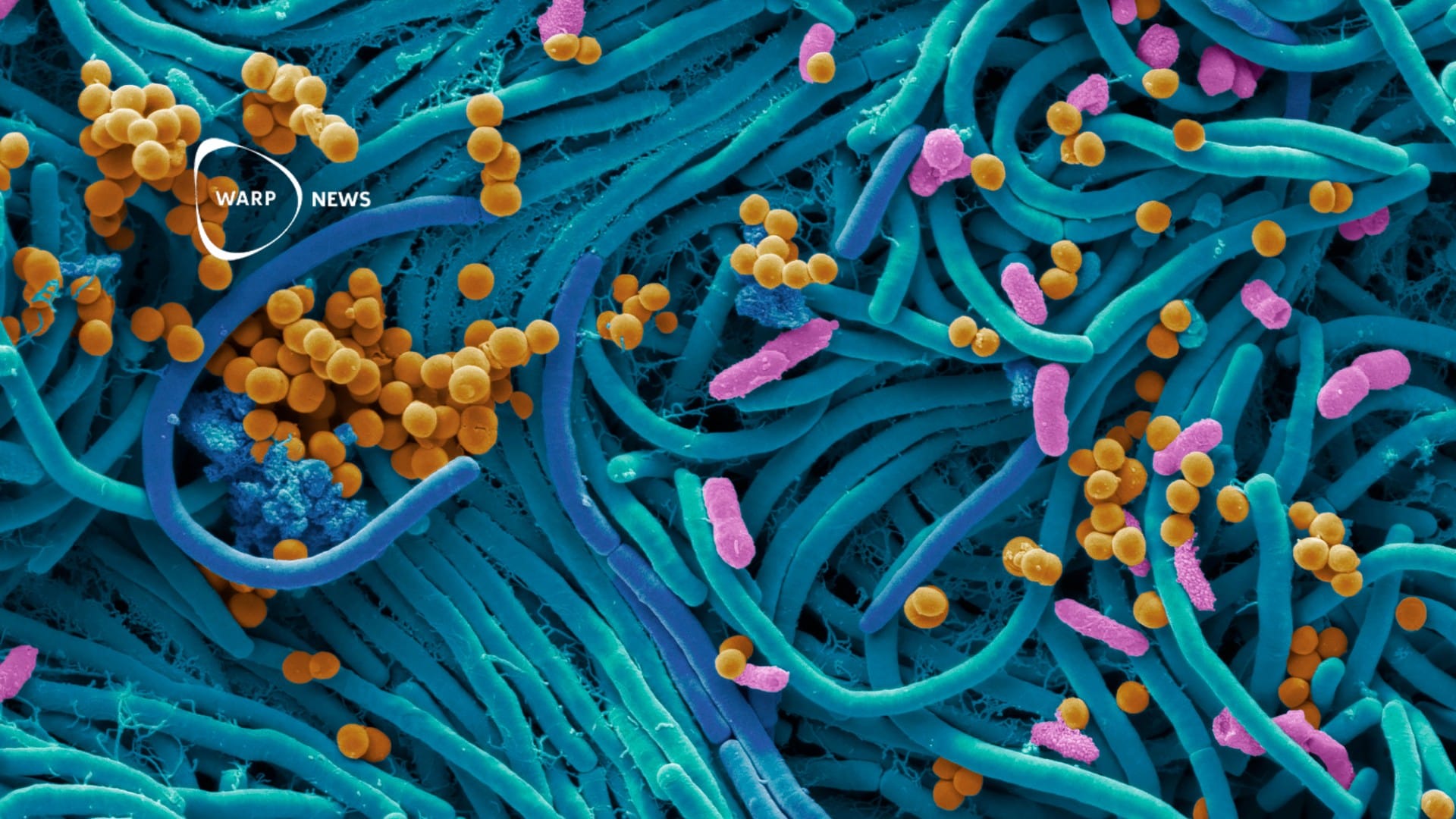
🧬 New cancer test can detect dangerous cell changes far in advance
A new screening test for cervical cancer can detect high-grade cell changes before they are possible to see with current methods.
Share this story!
An international research team has developed a test that can predict cell changes years before they can be detected under a microscope. The screening test has been developed to detect cervical cancer at an early stage and is also better at identifying high-grade cell changes in gynecological cell samples than current methods.
Traditionally, healthcare uses microscopes to see cell changes that can lead to cervical cancer. The new test, the WID-CIN test, analyzes epigenetic changes instead. It is changes in cells that affect which genes are active and which are not. These changes can be caused by many different factors such as environment, lifestyle, and aging.
The researchers used 1,254 existing cell samples to see if the new test worked. The result was that the WID-CIN test was better at detecting cell changes than the current methods.
"The method has the potential to improve today's screening programs and enable earlier intervention to prevent cancer," says Karin Sundström, senior researcher at Karolinska Institutet and one of the researchers behind the study, in a press release.
The researchers will now progress to testing the new method on screening samples from women who have been vaccinated against HPV and who therefore have a significantly lower risk of developing cervical cancer.
"Our hope is to be able to discover more people who are at risk of developing cervical cancer, but also that future screening should be able to predict the risk of other forms of cancer that affect women," says Joakim Dillner, professor at Karolinska Institutet and another one of the researchers behind the study.
By becoming a premium supporter, you help in the creation and sharing of fact-based optimistic news all over the world.


